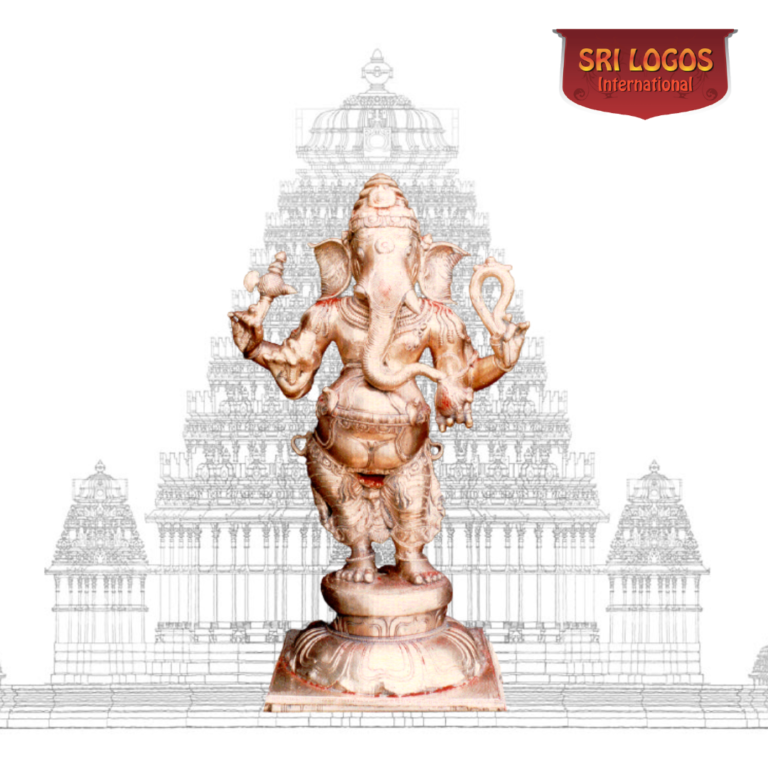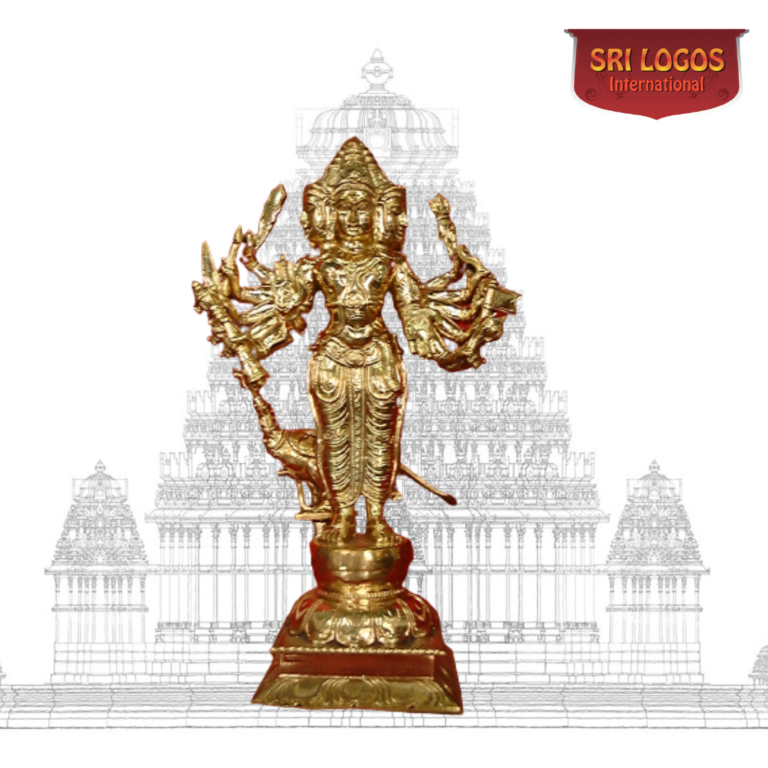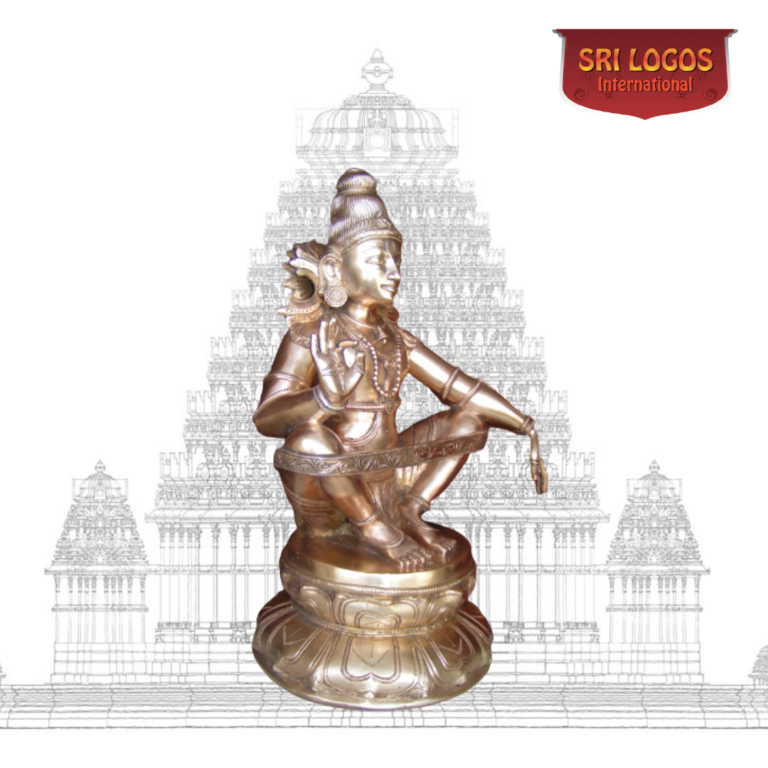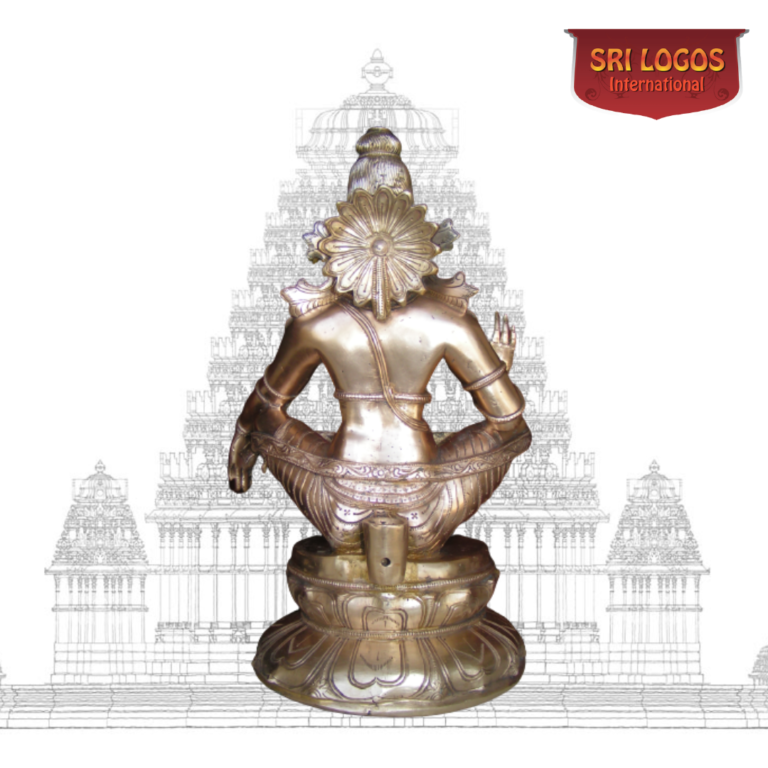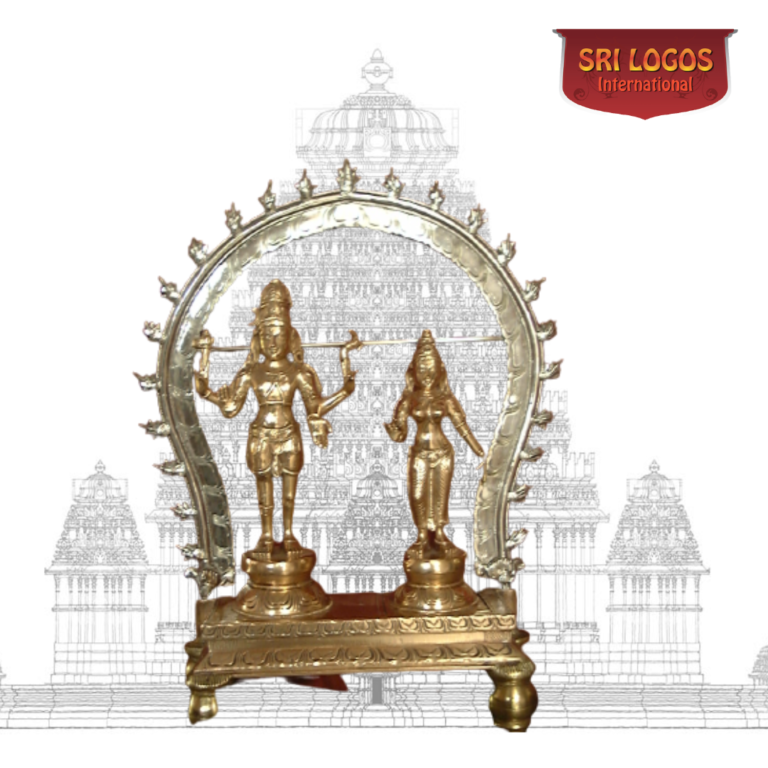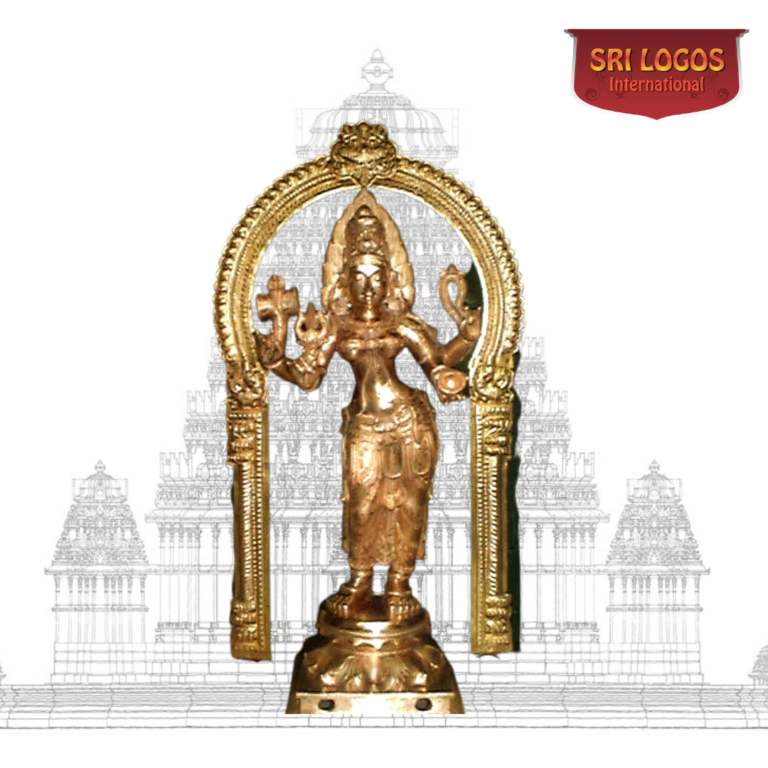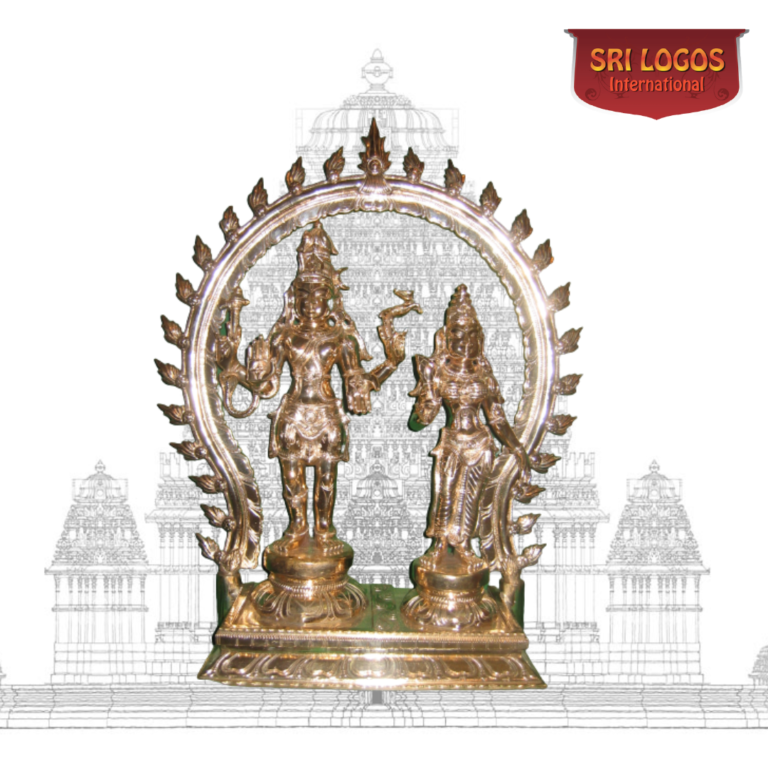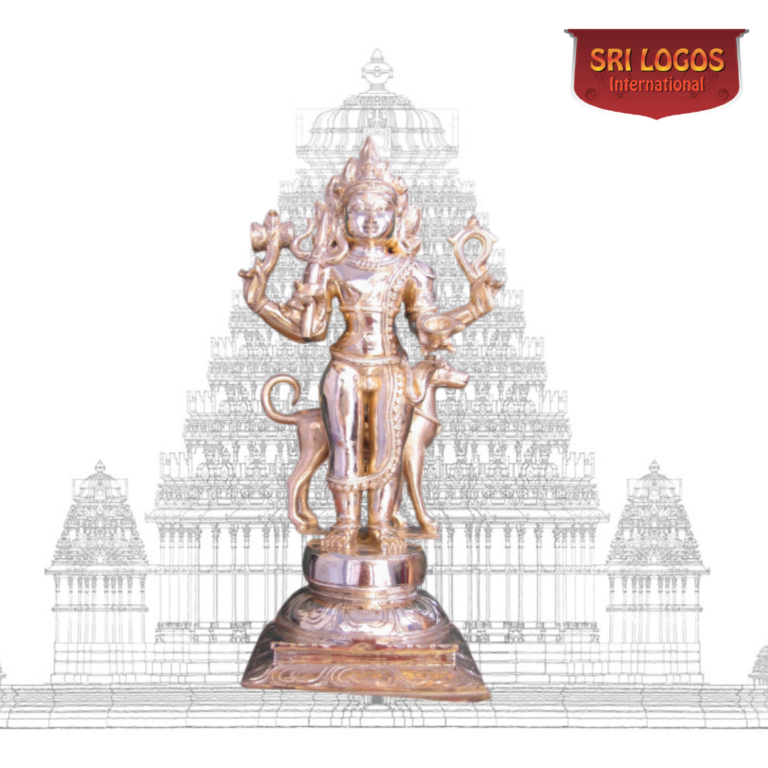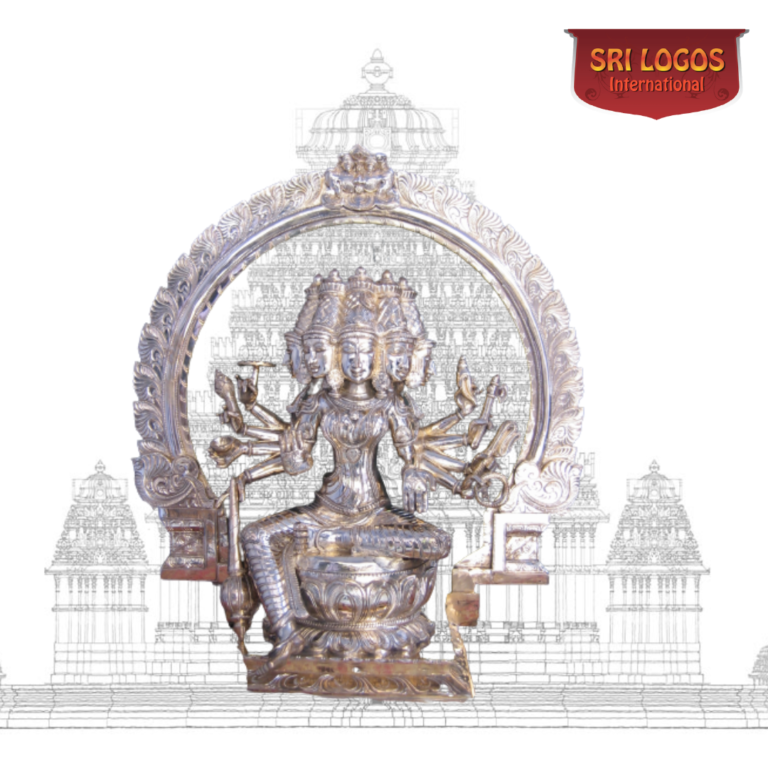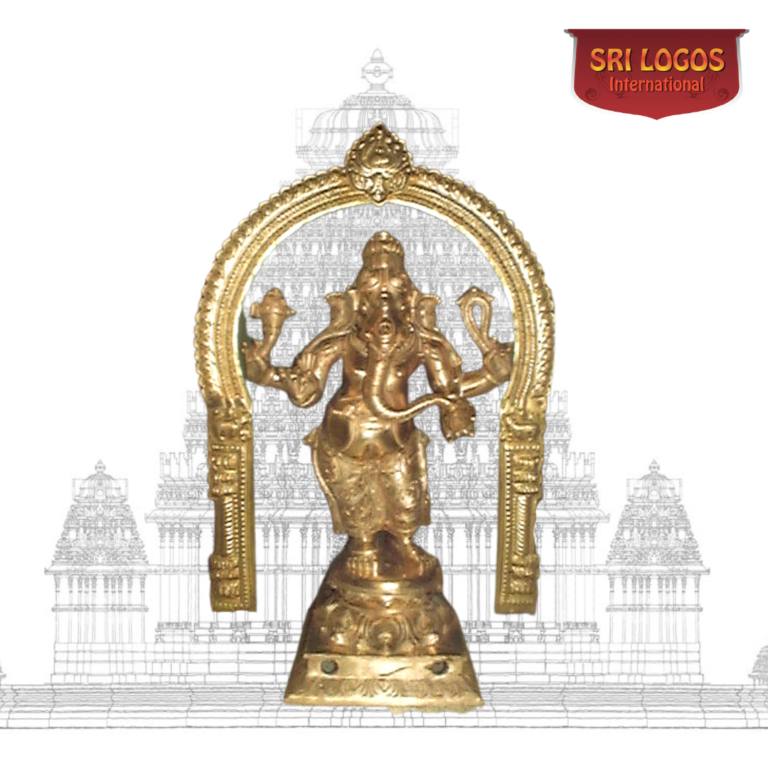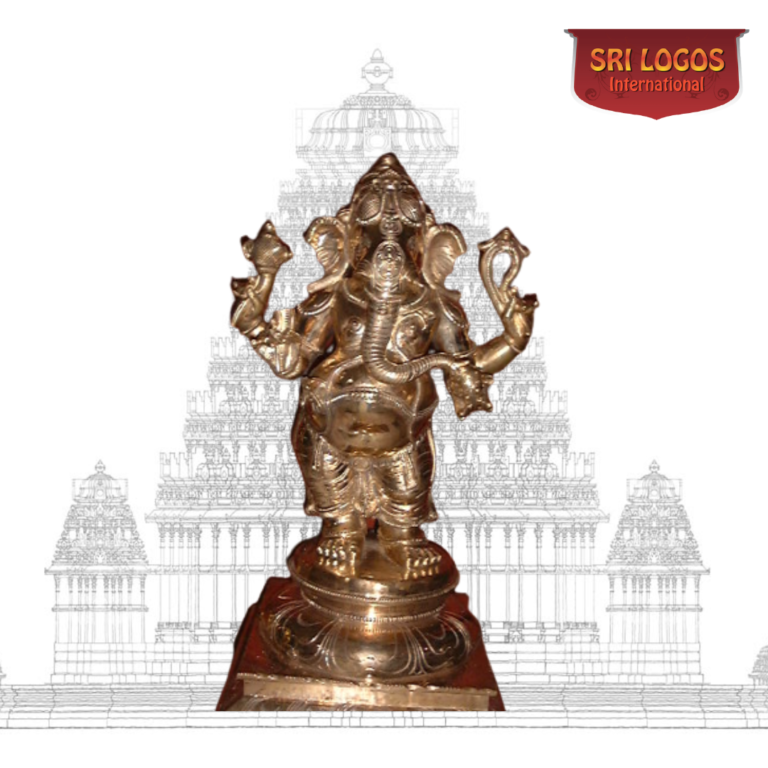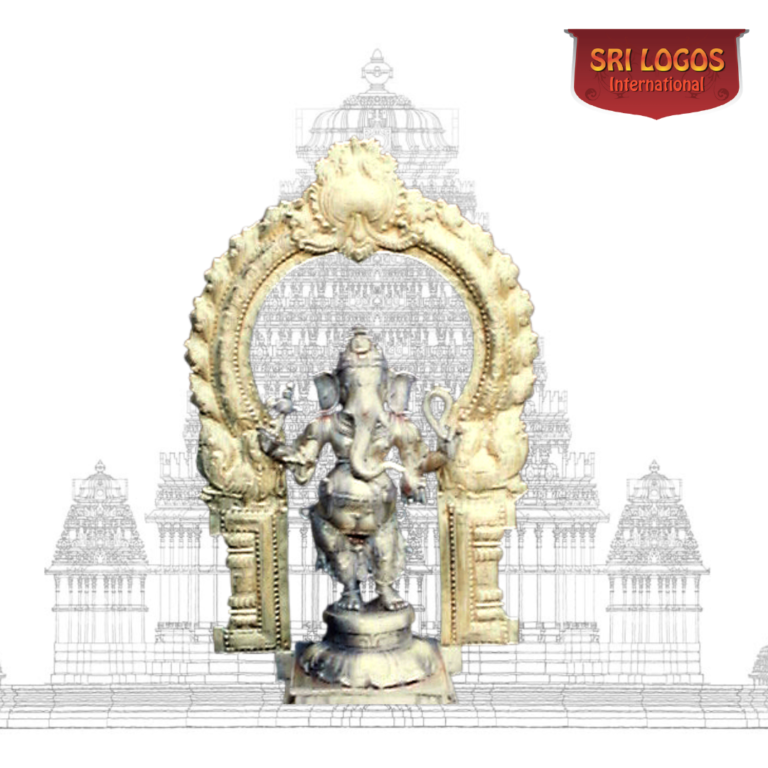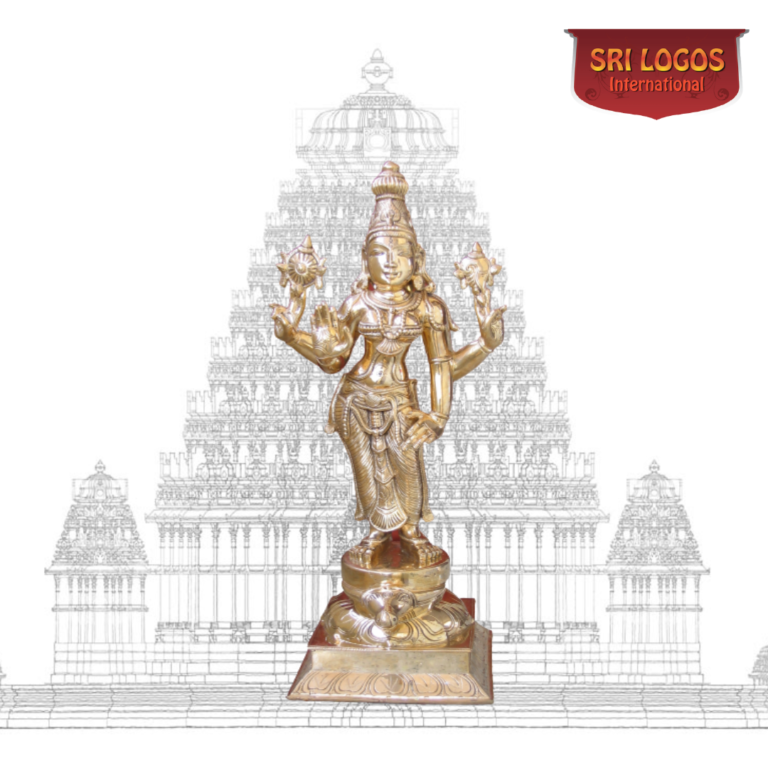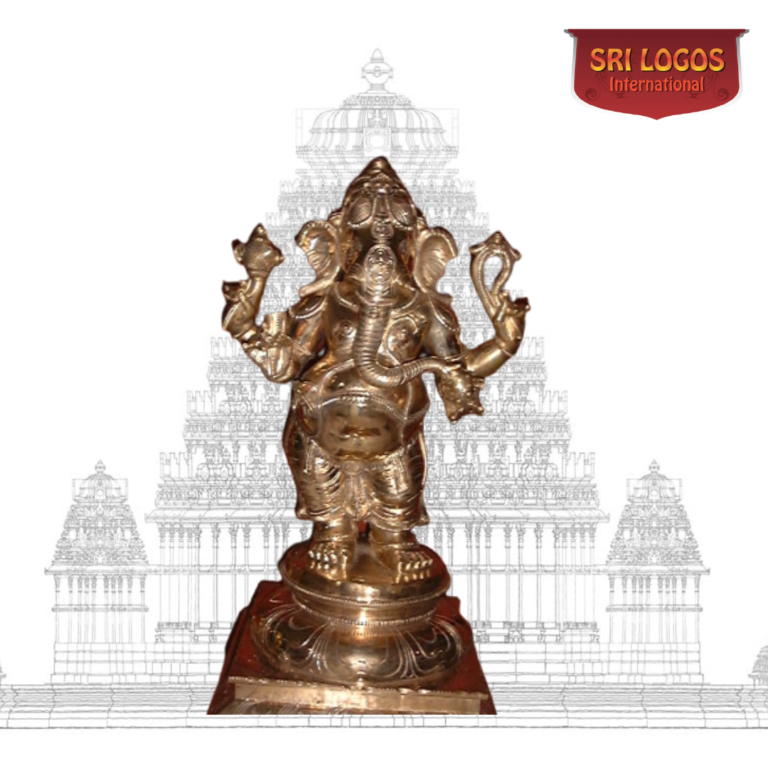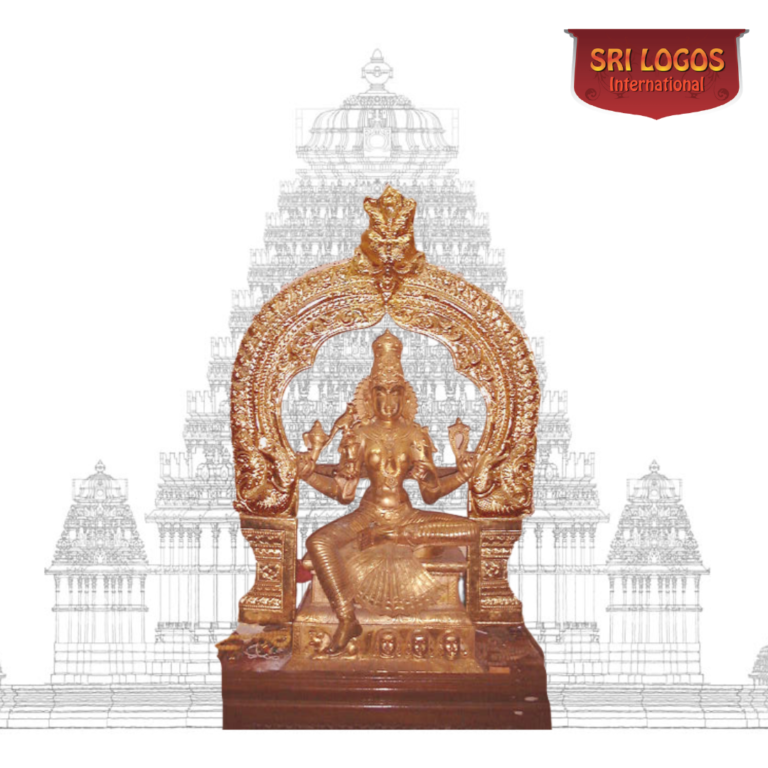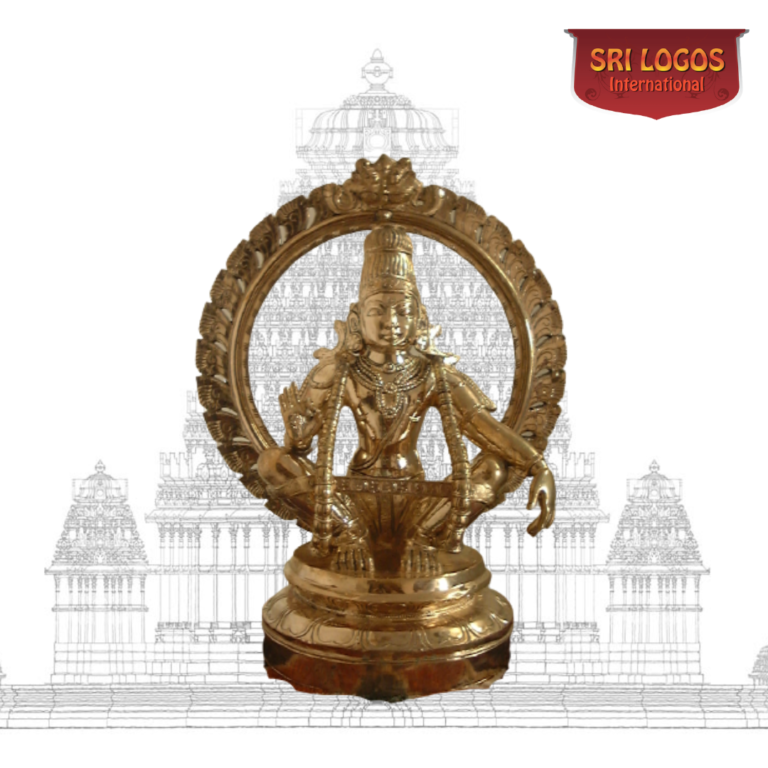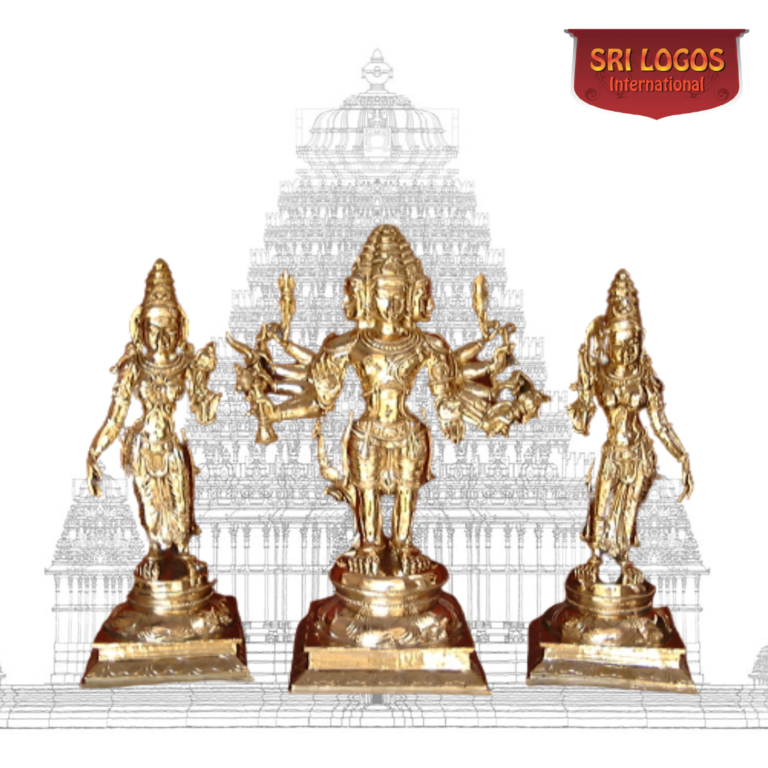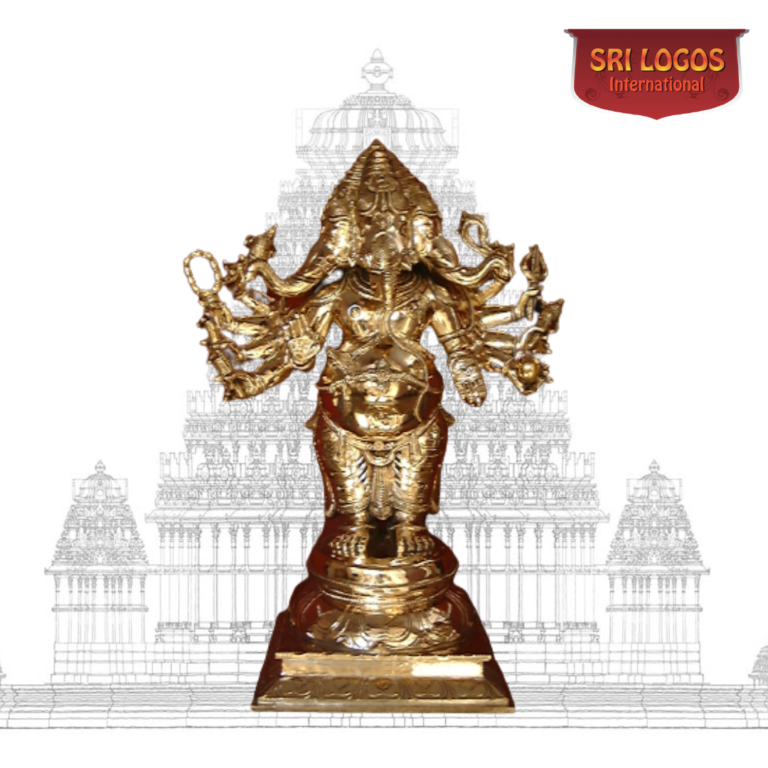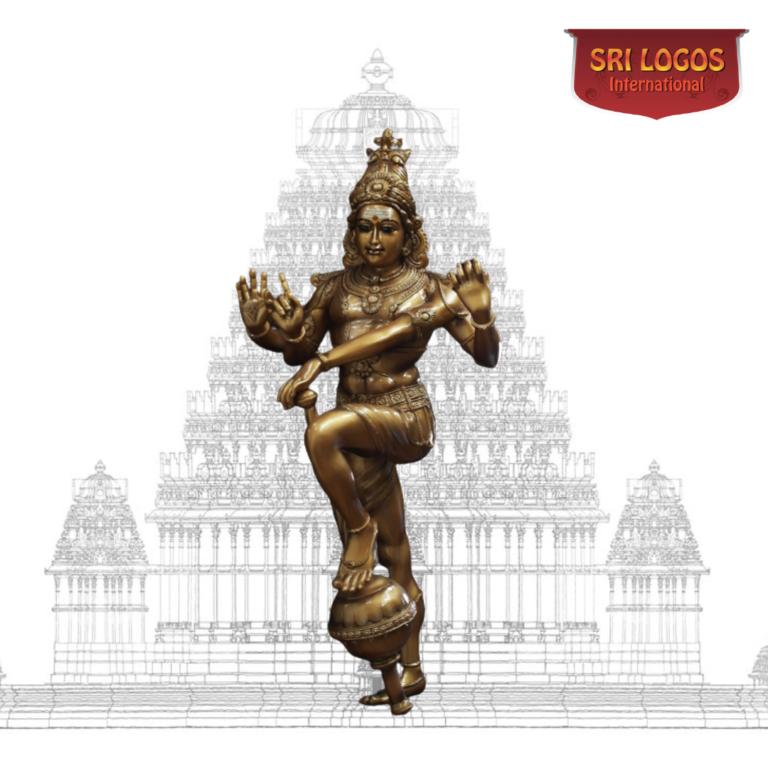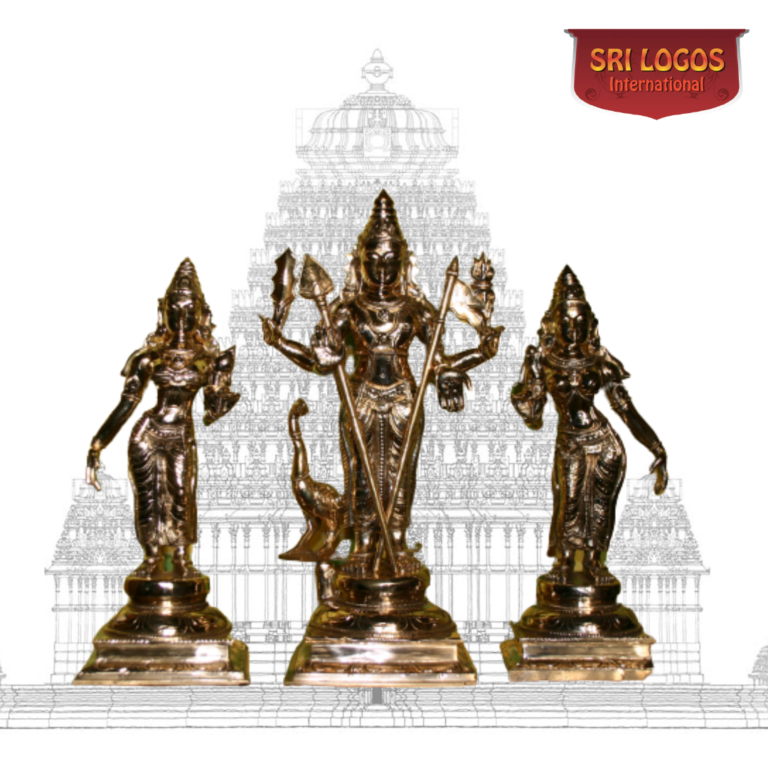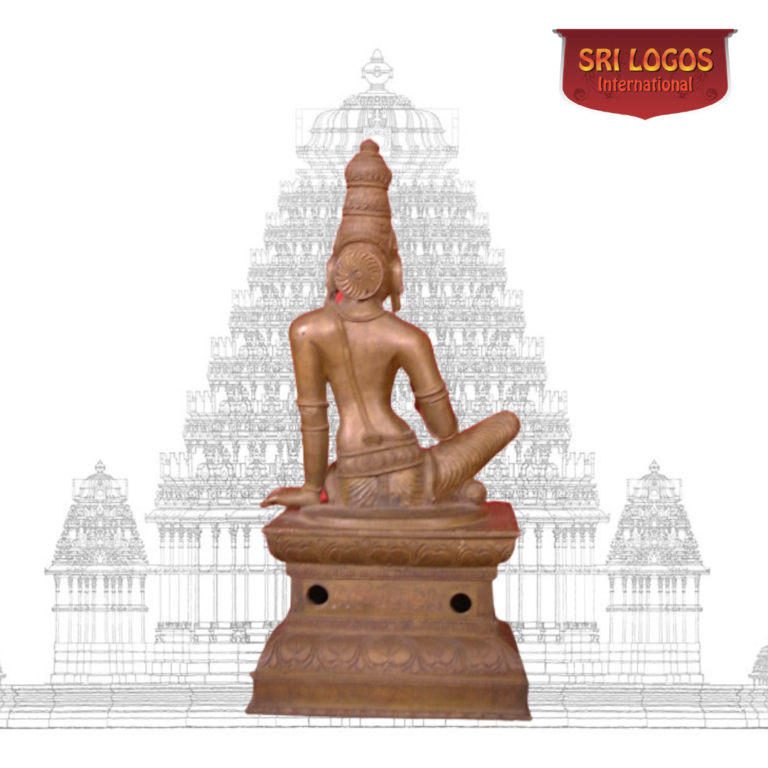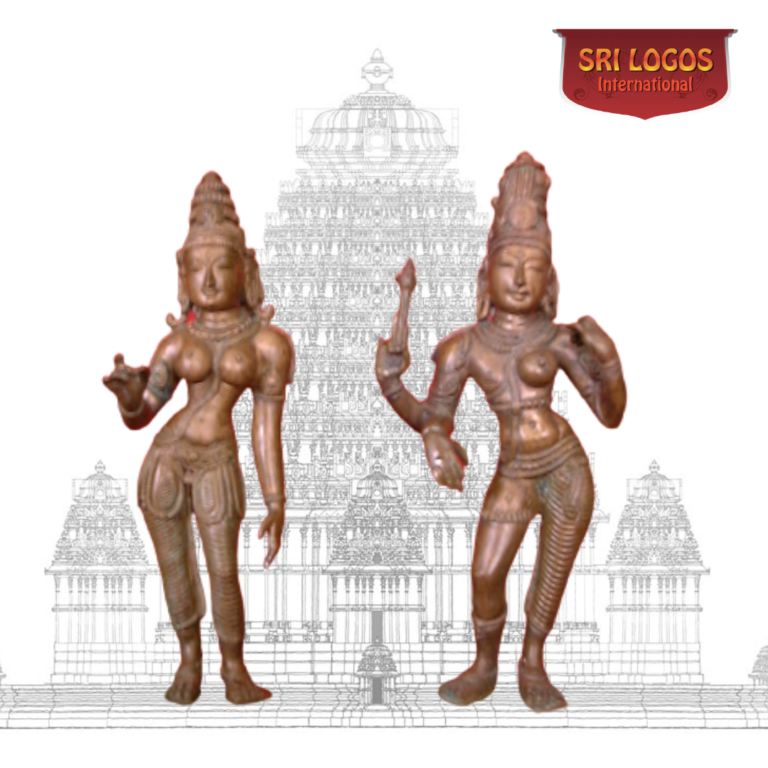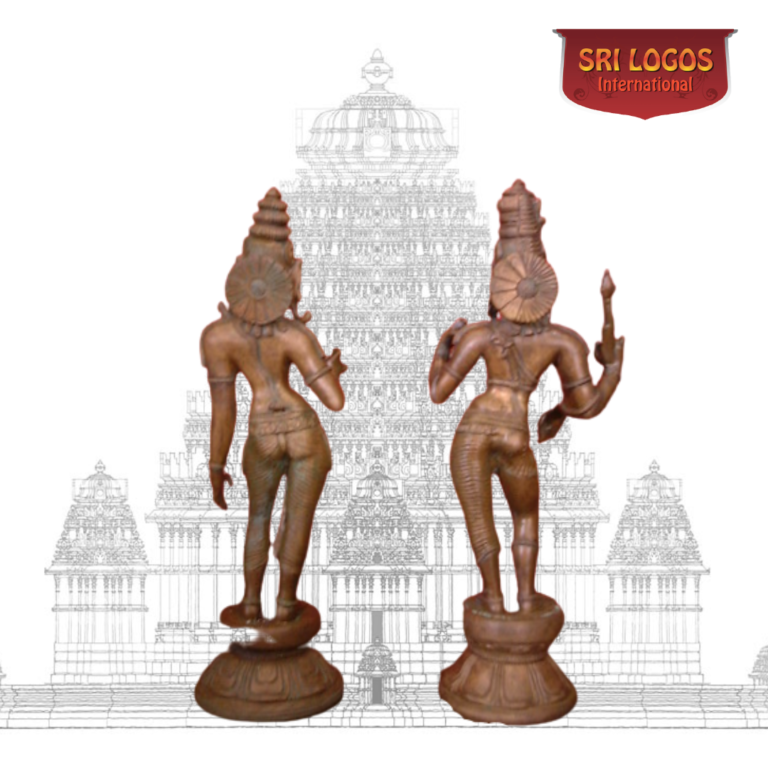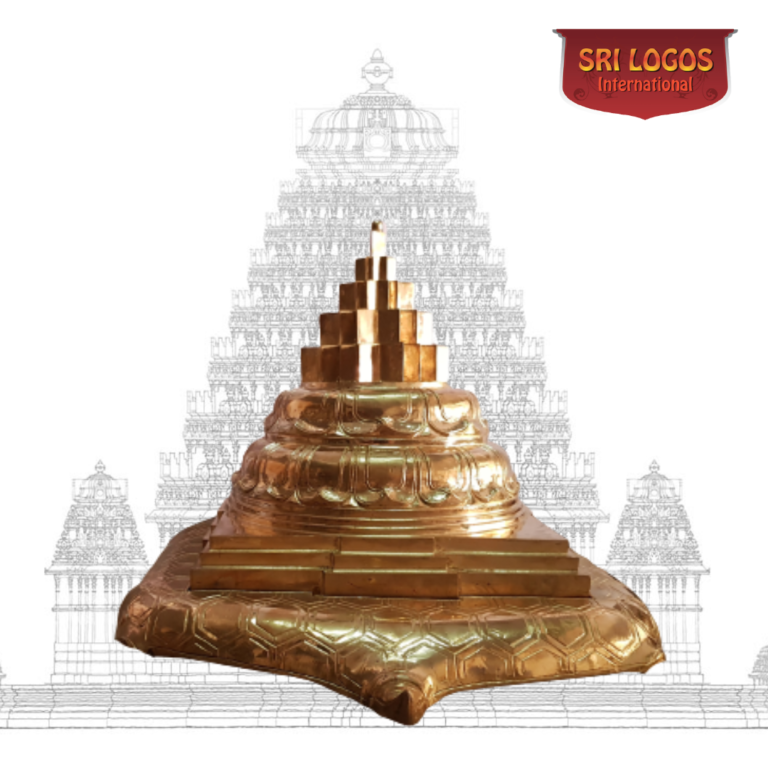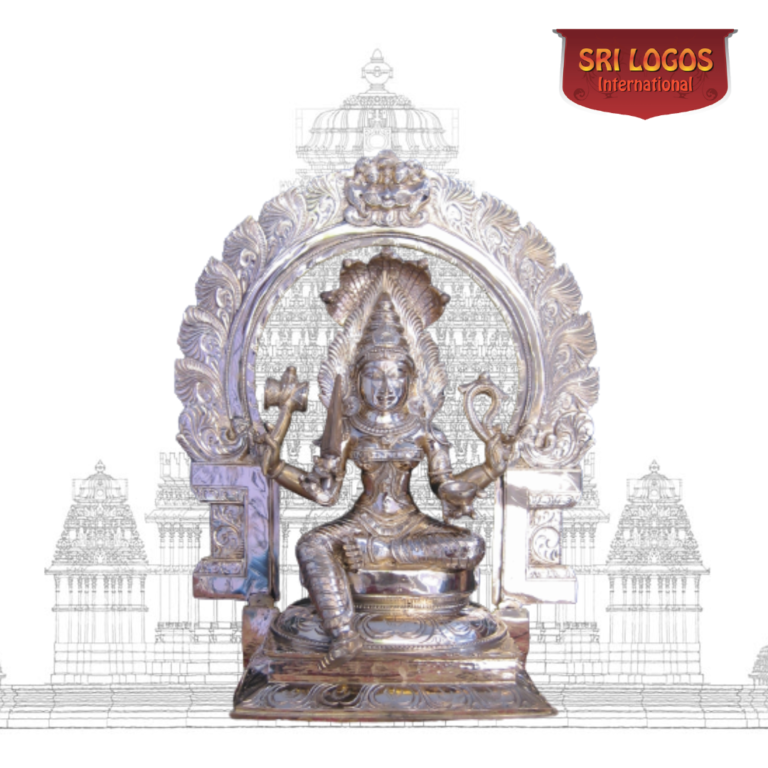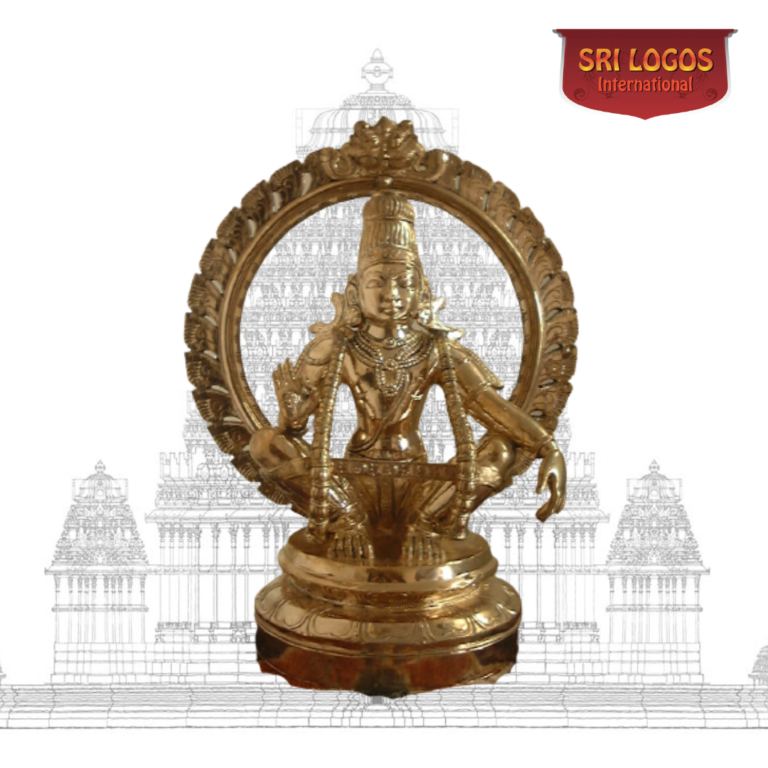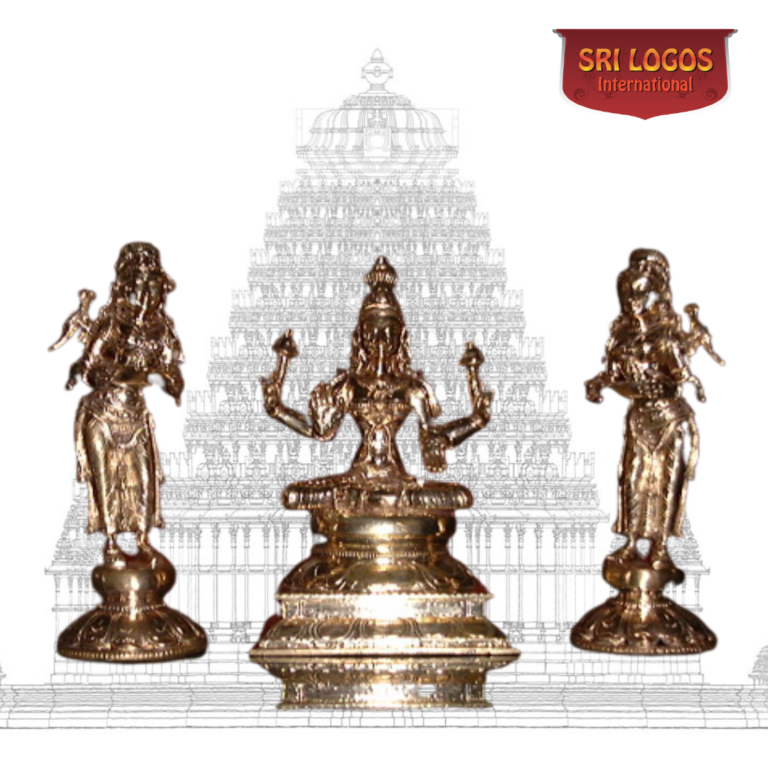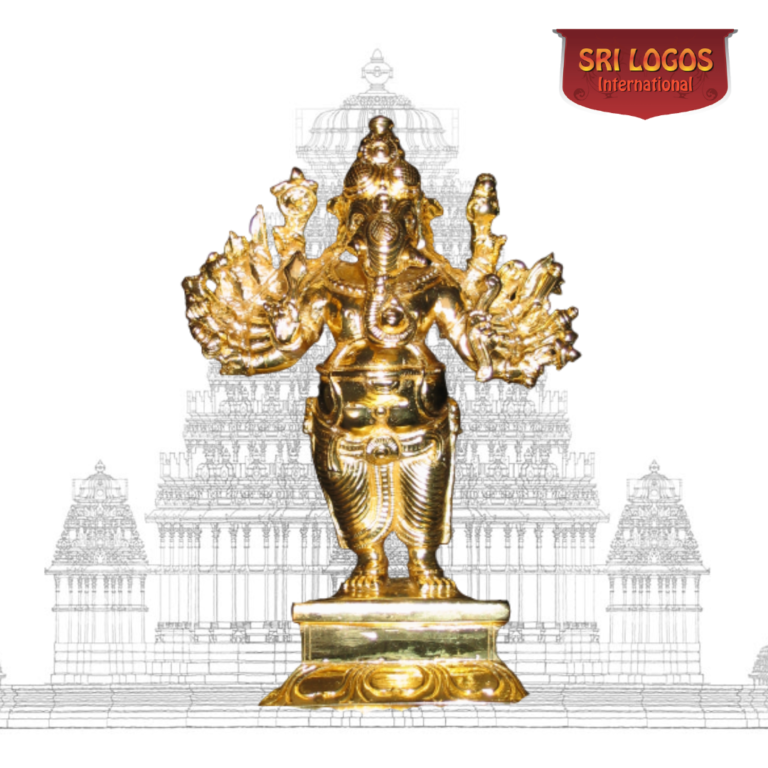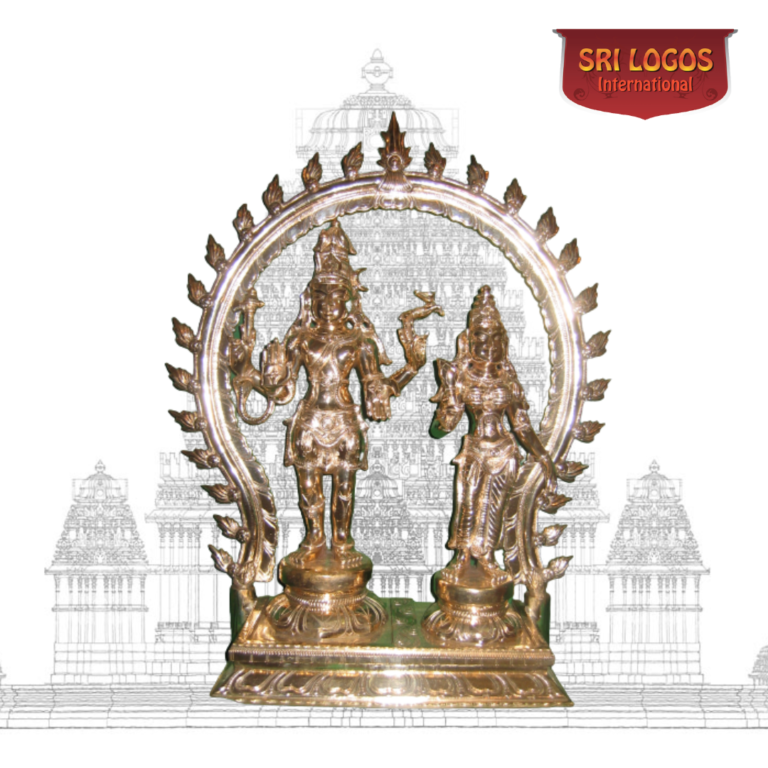Panchalogam
Panchaloha is traditionally described as an alloy of gold, silver, copper, zinc, and iron. Also, in some cases, tin or lead is used instead of zinc. It is believed that wearing jewelry made of such an alloy brings balance in life, self-confidence, good health, fortune, prosperity, and peace of mind. Panchaloha is a term for traditional five-metal alloys of sacred significance used for making Hindu temple icons (Murti). Making Panchaloha images was a well-kept secret for a long time and their color-changing properties added to their mysticism.
The composition is laid down in the shastras, a collection of ancient texts that describe arts, crafts, and their design rules, principles, and standards. It is believed that wearing jewelry made of such an alloy brings balance in life, self-confidence, good health, fortune, prosperity, and peace of mind. In Tibetan culture, it was considered auspicious to use thokcha (meteoric iron) either as a component of the alloy or for a specific object or purpose. The amount used could vary, depending upon the material’s availability and suitability, among other considerations. It is believed that wearing jewelry made of such an alloy brings balance in life, self-confidence, good health, fortune, prosperity, and peace of mind. Panchaloha idols are found in many Hindu temples in India, especially in South India. This percentage only gives a general idea and might vary from region to region. A large quantity of copper is mainly used in idols sold on a large scale like the Nataraja statue. But the idols made for temples strictly follow the tradition and contain gold and silver. Panchaloha (also called Panchaloham or Panchaloha – literally, “five metals”) is a term for traditional five-metal alloys of sacred significance used for making Hindu temple icons (Murti). The most famous Panchaloha statue is that of Nataraja (The Dancing Lord).
-
 Quick View
Quick View
20
-
 Quick View
Quick View
19
-
 Quick View
Quick View
18
-
 Quick View
Quick View
22
-
 Quick View
Quick View
17
-
 Quick View
Quick View
16
-
 Quick View
Quick View
15
-
 Quick View
Quick View
14
-
 Quick View
Quick View
13
-
 Quick View
Quick View
23
-
 Quick View
Quick View
12
-
 Quick View
Quick View
24
-
 Quick View
Quick View
11
-
 Quick View
Quick View
10
-
 Quick View
Quick View
25
-
 Quick View
Quick View
9
-
 Quick View
Quick View
26
-
 Quick View
Quick View
8
-
 Quick View
Quick View
7
-
 Quick View
Quick View
27
-
 Quick View
Quick View
6
-
 Quick View
Quick View
28
-
 Quick View
Quick View
5
-
 Quick View
Quick View
29
-
 Quick View
Quick View
4
-
 Quick View
Quick View
3
-
 Quick View
Quick View
30
-
 Quick View
Quick View
31
-
 Quick View
Quick View
32
-
 Quick View
Quick View
2
-
 Quick View
Quick View
1
